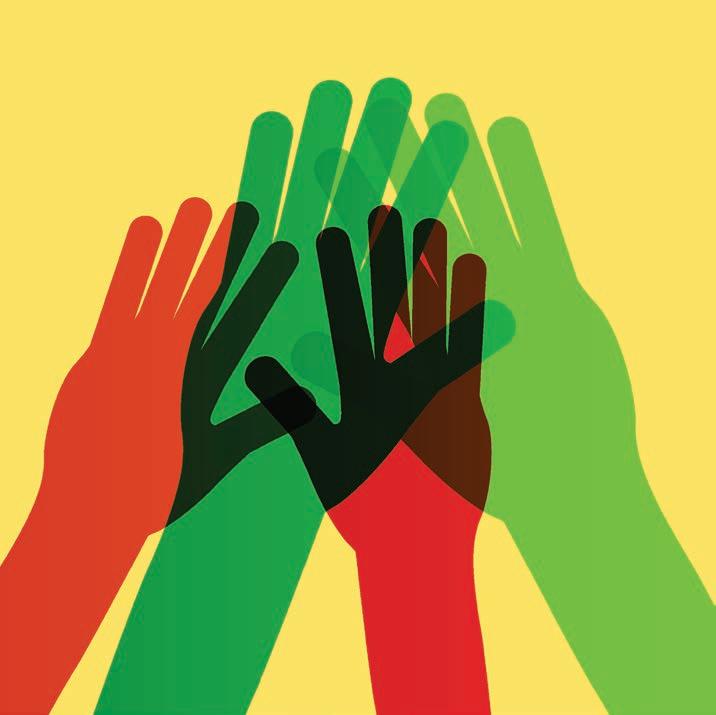STYLE MD
UNLEARNING
HOW TO SHARE B Y D A W N H A R R I S S H E R L I N G , M . D . , F. A . C . P. Sometime in April, while practicing social isolation, I had decided that I needed a few items from a home improvement store. When I went on-line, I was pleased to discover that they were doing curb-side pick-up. I selected my items, paid for them, and then drove to the store, following directions to call the phone number for pick up. I told them which numbered parking spot I was in and waited for my items. The woman who took my call let me know that she would be out shortly. She, mistakenly, however went to the car next to mine. The woman inside her car was ready to receive my items. I rolled down my window and asked if those items were possibly for me, giving my name and the items I had ordered. Realizing that she had made a mistake, the employee took the pen she had handed the other customer, as well as the papers detailing the purchase, and passed them over through my window. Crisis averted! Sadly, no. It was more like disease transmission made entirely possible. That pen had touched two hands that I was aware of and possibly dozens or even
32
| ORLANDOSTYLEMAGAZINE.COM
hundreds of others that I hadn’t seen. Curbside pick-up is a great idea if done well—it reduces the number of contact points a person has, lowering the risk of picking up the virus. But done incorrectly, it doesn’t help as much as it should. As we emerge from social isolation, it turns out that we will still need to socially distance. And if we want to keep from having to crawl back into our homes with the virus having gotten a second wind, we have to get this right. There are no laws to enact; there are no supervisors to call on. We all, individually, have to learn how to keep our germs to ourselves and keep others’ germs away. How can we be sure going to all this trouble will work? Well, Governor Andrew Cuomo reported in early May that health care workers in New York coronavirus hot-spots were testing positive for antibodies (basically, exposure to the virus) at LOWER rates than the general public. At first




